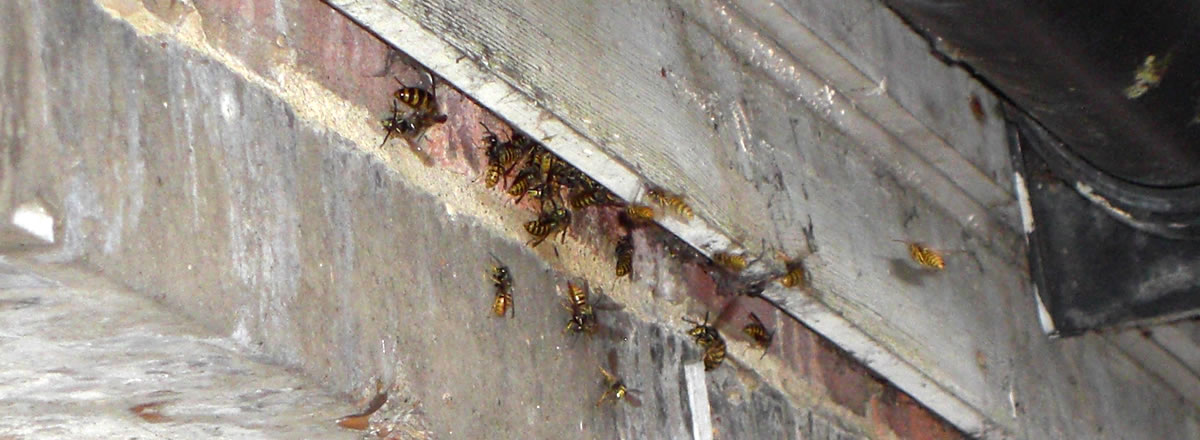Have you spotted bees?
Call Rentokil Initial today for advice and to schedule an inspection of your home or business or contact us now.
Pest control service
Integrated Pest Management
Termite solutions
Common pest
Specialist services
Hygiene and scenting
Hygiene services
Scenting services
Space & surface treatment services
Industry & residential
My business handles food
My business doesn't handle food
MY Home services
About Rentokil Initial

Bee, wasp and hornet
Call us for a free quote on 400 820 8770 or contact us
Carpenter bees look just like bumble bees except that their abdomens are shiny and smooth. Carpenter bees are frequently seen buzzing around unpainted buildings and boards. The oval-shaped insects will bore into wood in order to lay their eggs. To identify an infestation, routinely check wooden areas of your home for round, smooth holes.
If left untreated, carpenter bees have the potential to inflict serious damage to your home by drilling too many holes potentially making the building structure unstable. They are solitary bees, so they do not live in colonies and will rarely sting humans.
Honey bees can be in various shades of yellow, black, brown or orange, and their bodies are covered with light-colored hair.
Honey bees will swarm to form new colonies when the colony gets too large for hive space or new queens are produced. Honey bees are not particularly aggressive except when the nest is disturbed.
Bumble bees physically resemble carpenter bees, except that bumble bees have hairy abdomens. Bumble bees do not make tunnels in wood, but rather nest underground or in cavities, such as in abandoned rat burrows.
In general, bumble bees are seldom problematic, except in situations where the nests are established in a location where it is highly likely to conflict with people or pets.
If you are experiencing high numbers of wasps (yellow jackets) in your home or garden there is likely to be a nest nearby, either on your property, in your garden or very close by. It is best to treat a nest earlier before numbers increase and the wasps become more aggressive. This will help to reduce the threat of a wasp sting, which can be very painful and even cause an allergic reaction. Also you will need to keep away from the nest.
Call Rentokil Initial on 400 820 8770 to arrange a visit or book online today.